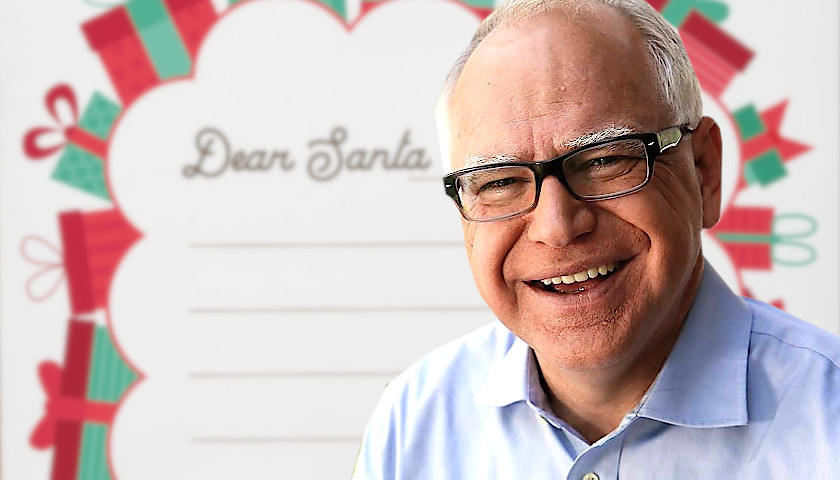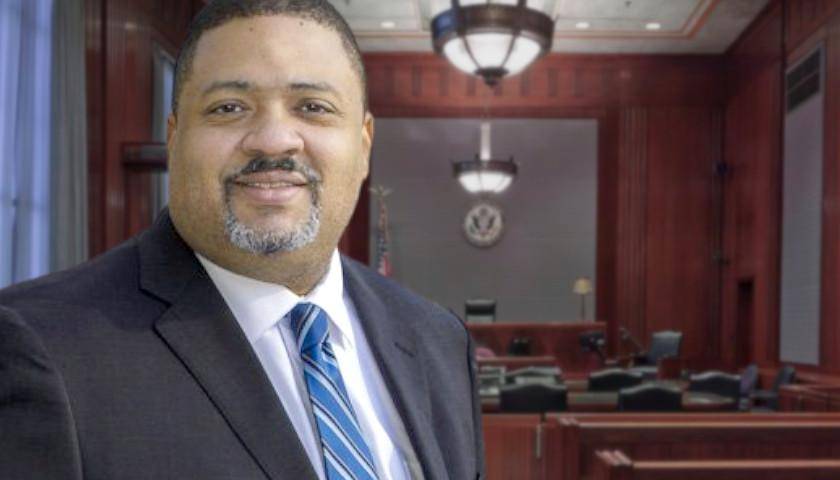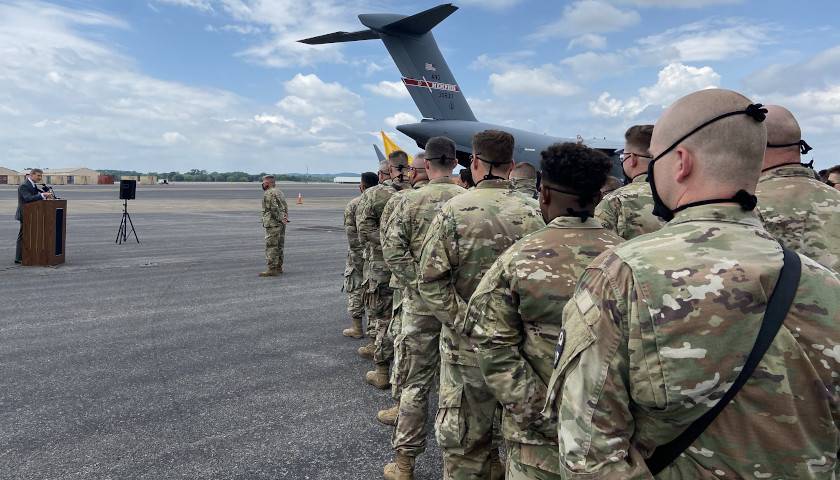Gov.-elect Tim Walz (D-MN) still has a few weeks to go before he’s sworn in as the next governor of Minnesota, but he’s already made several indications as to what voters can expect in his first budget proposal due early 2019.
Since defeating Republican Jeff Johnson in the November midterms, Walz and Lt. Gov.-elect Peggy Flanagan have made frequent media appearances, and traveled across the state for a “listening tour,” offering constituents some insights into what the new administration will do in its first few months.
Gas Tax
Despite a $1.5 billion budget surplus and questionable voter support, Walz continues to double-down on his plan to increase the state’s gas tax. In Early December, Walz told reporters that he wouldn’t “draw a red line” against a gas-tax hike after Minnesota Management and Budget revealed that the state had a $1.5 billion surplus for the 2020-21 biennium.
Republican leaders said the surplus should end conversations about raising the gas tax during the upcoming session.
“We know Minnesotans won’t support massive tax increases with a billion dollar surplus—that’s why House Republicans are ready to stand up for your pocketbooks, and fight for meaningful tax relief for Minnesotans whose hard work has helped put our state on sound financial footing,” House Republican Leader Kurt Daudt (R-Crown) said in a press release.
On Tuesday, Walz appointed Margaret Anderson Kelliher as transpiration commissioner, a move that suggests he will continue to push for a gas-tax raise. As Walz noted this week, Anderson Kelliher was the Democratic House Speaker who oversaw the 2008 gas-tax increase of 8.5 cents.
“The gas tax is an important part of the tools in the tool box,” Anderson Kelliher said Tuesday. “It’s still one of our bigger tools.”
MinnesotaCare Buy-In
Walz repeatedly expressed support for a single-payer health care system on the campaign trail, saying he believes that’s the direction Minnesota is moving in. The first step, however, is to create “a strong public health care option for any Minnesotan who wants it,” Walz said on his campaign website.
The public health insurance option was widely criticized by Republicans on the campaign trail, including Johnson, who criticized Walz for not considering the “people paying the bill.”
Under the buy-in option, Minnesotans currently excluded from MinnesotaCare due to income restrictions would be able to opt for state-managed health insurance, which comes with lower monthly premiums. Republicans believe a buy-in option would effectively lead to a single-payer system.
“Eventually this does lead to single payer. Once our insurance market is gone it’s not going to come back,” State Sen. Michelle Benson (R-Ham Lake) said.
The buy-in option also has been criticized for the harmful effects it could have on doctors and hospitals, since MinnesotaCare pays providers less than commercial insurance companies.
“If hospitals are continually being underpaid for their ongoing costs and they start to collapse or have deficits, how long is it before they come back to the state and ask to borrow money for equipment?” Benson posited.
But during a December event at the Minnesota Chamber of Commerce, Flanagan revealed that the incoming administration plans to push for a MinnesotaCare buy-in option.
A new report issued by consulting firm Oliver Wyman found that an estimated 57,000 fewer Minnesotans would have health insurance coverage between 2019 to 2020 if the buy-in option moves forward. Oliver Wyman’s Kurt Giesa presented his firm’s finding before the Health and Human Services Finance and Policy Committee in December, reporting that health insurance premiums would skyrocket by 52 percent in just one year.
Tuition-Free College
Walz, a former high-school teacher, said his administration plans to account for two years of free public college for families making under $125,000 in his first budget.
In an interview with TPT Almanac, Walz said the proposal could produce “savings” on the “front end” in “social services” and “criminal justice” if done “right.”
“I believe so. We’ll have the discussion, but that’s what we’re looking at,” he confirmed.
According to a recent report from the Minnesota Office of Higher Education, a free-college program similar to Walz’s would cost $264.7 million in state funding per year, but that estimate is “inclusive of all enrollment levels.”
In comparison, the state spent $182.3 million for its Minnesota State Grant program in fiscal year 2016-2017, according to the report. Additionally, of the 118,000 students enrolled in the state’s public institutions, 38,000 (32 percent) are considered dependent students and thus would likely qualify for Walz’s free-college proposal.
Universal Pre-K
Walz is also considering including a plan for universal Pre-K in his first budget proposal, which would come with a cost of $75 million, TPT Almanac notes. But Walz said he is in favor of the idea, and included it in his campaign platform.
“Support universal Pre-K for Minnesota’s kids. All students deserve learning opportunities at an early age. We need to pursue a two-generation strategy so that we are supporting kids and their families together,” his campaign website states.
“Early learning should also be better integrated with Minnesota’s child care assistance programs. We know opportunity gaps begin early. By addressing education equity early we will provide all of our kids a chance to succeed,” it adds.
Walz’s soon-to-be predecessor, Gov. Mark Dayton (D-MN) introduced free all-day kindergarten to Minnesota during his first years in office.
To learn more about the incoming Walz administration, visit its transition website here.
– – –
Anthony Gockowski is managing editor of Battleground State News and The Minnesota Sun. Follow Anthony on Twitter. Email tips to [email protected].
Photo “Tim Walz” by Tim Walz.




